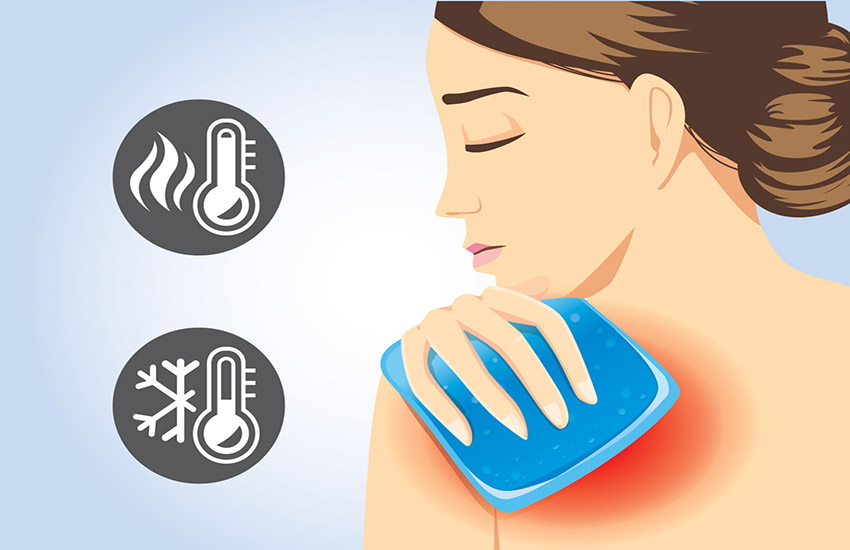If you experience aching pain from joints and muscles, then doctors often turn to hot and cold therapy for treatment. When you experience an acute wrist sprain, the doctor may recommend cold therapy, or if you have stiffness caused by arthritis, then you may be asked to try heat therapy. Heat and cold treatments are the most common methods to alleviate aches and pains.
What is Heat Therapy?
Heat therapy is also called thermotherapy. It dilates blood vessels and helps improve blood circulation. Heat therapy can relax and soothe muscles and heal damaged tissues.
There are several types of heat therapies:
- You may use safe heating devices in the area. Many heat products are available online, including hot water bottles, electrical heating pads, hot compresses, and heat wraps.
- You may also soak the targeted area in hot water with temperatures around 92 and 100 Fahrenheit, 33 or 37.7 degrees Celsius.
- You may use heated paraffin wax.
- Use medications such as rubs or patches containing capsicum
Heat packs can usually be dry or moist. Dry heat can be applied for 8 hours, whereas moist heat can be for 2 hours. Moist heat is more likely to give you quicker results. In general, moist heat should be applied to the area for 20 minutes and up to three times a day unless recommended otherwise. Sometimes, you may continue using dry and single-use wraps for 8 hours.
Benefits of Heat Therapy
It helps relieve:
- Sprains or strains
- Tendonitis or chronic irritation and stiffness in tendons
- Osteoarthritis
- Warms up stiff muscles or tissue
- Spasms relating to neck or back injury
Cold Therapy
Cold treatment reduces blood flow to the injured area, slowing the inflammation rate and reducing the risk of swelling or tissue damage. It numbs sore tissues that slow down pain messages to the brain. The therapy is highly effective within 48 hours of an injury. Rest, ice, compression, and elevation (RICE) are part of the standard treatment for sports injuries. Remember, you can’t directly apply ice to the skin.
Some of the ways to use cold therapy include:
- A cold compress for 20 minutes every 4 to 6 hours for three days
- Soak your inflamed area in cold water and not frozen
- Massage with ice cubes in a circular motion for 5 minutes at least 2 to 5 times a day.
- A cold pack filled with ice in a bag and wrapped in a dry cloth. It may help treat – a recent injury
- Strains
- Gout
- Tendinitis
Even a cold mask wrapped around the head can reduce migraine pain. Osteoarthritis patients can use ice packs for 10 minutes. It may not help in some cases, like:
- Numb area
- An open wound or blister
- Hypersensitive to cold

